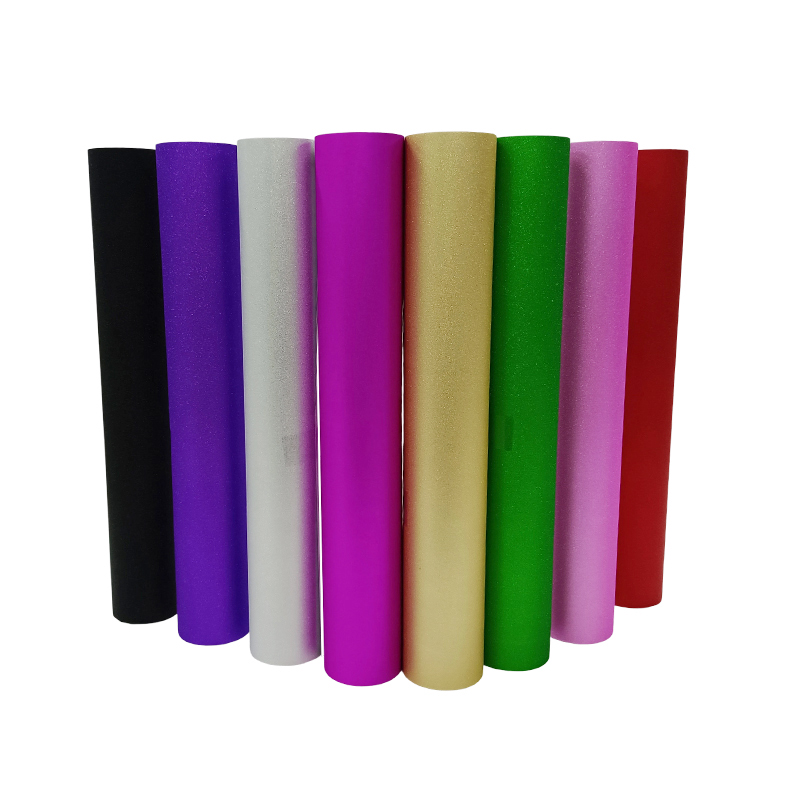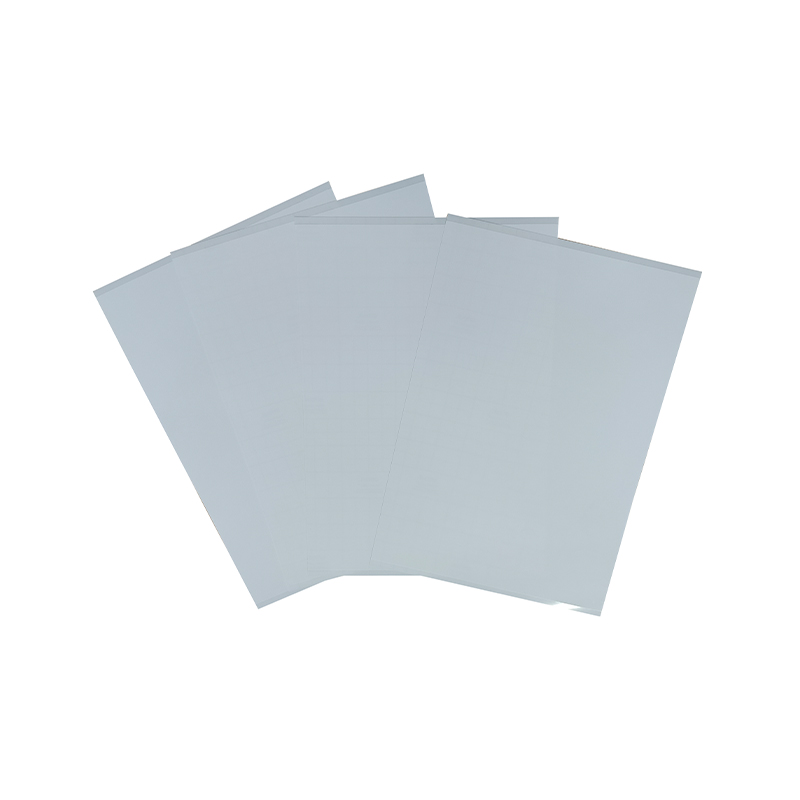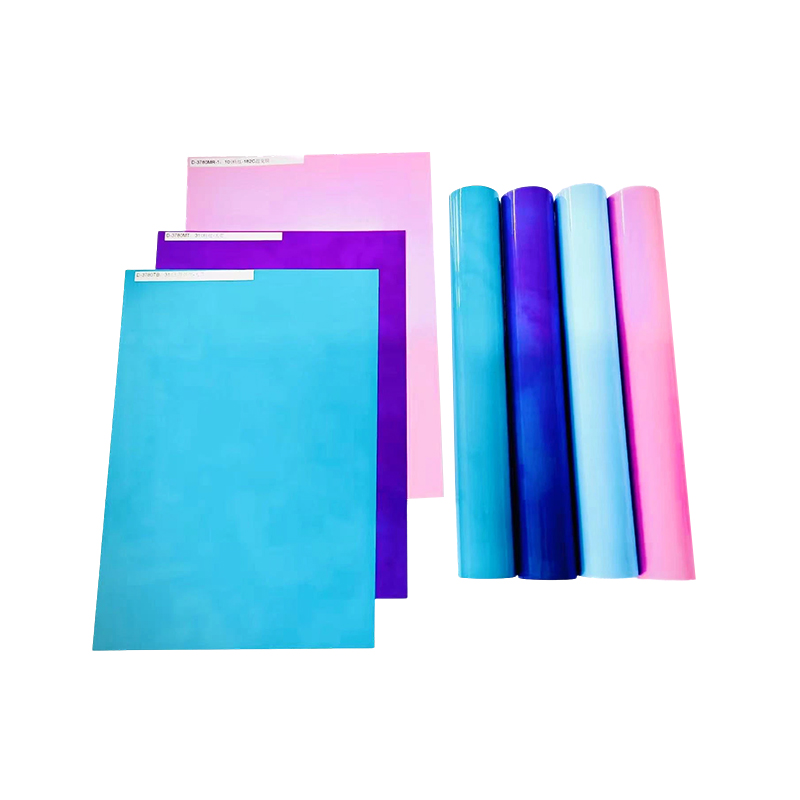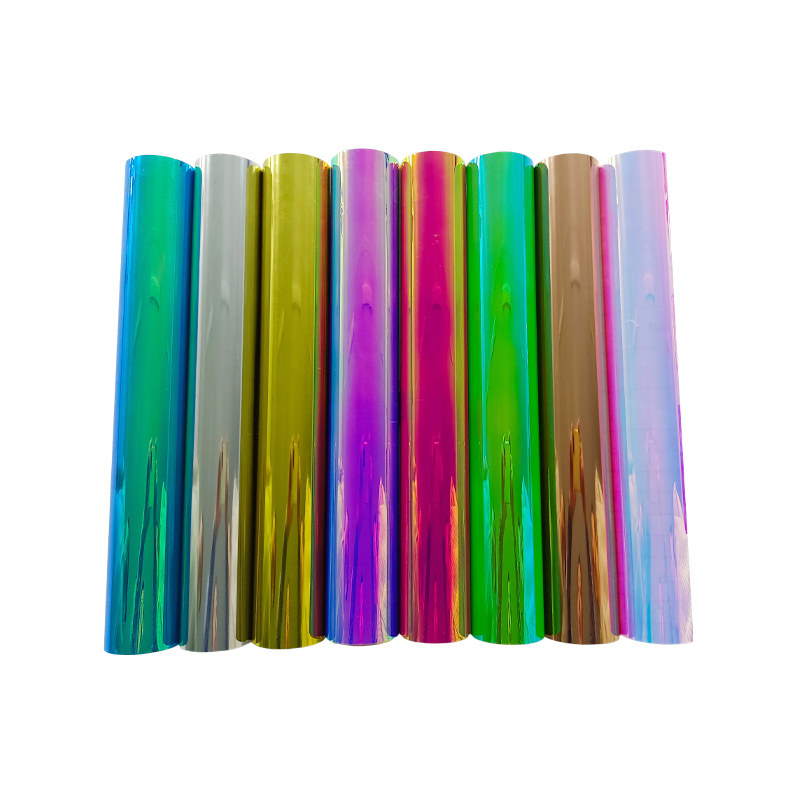Do the surface absorption and drying properties of printable vinyl film guarantee image clarity and color reproduction?
Release Time : 2025-09-02
As a key substrate for digital inkjet printing, printable vinyl film's surface absorption and drying properties directly determine the quality of the final image. In applications such as advertising printing, vehicle wraps, and window decoration, users demand extremely high color accuracy, image sharpness, and overall visual impact. Achieving these visual effects depends not solely on printer precision or ink quality; more crucially, the film's surface interacts with the ink, ensuring effective reception, uniform distribution, and rapid fixation of the ink droplet upon impact.
Vinyl film is inherently non-absorbent. If untreated, ink will pool and spread on its surface, creating a "pooling effect" that blurs edges and loses detail. Therefore, modern printable vinyl film is coated with a specialized receptive layer. This layer, composed of a microporous structure or ink-receptive resin, precisely controls the ink's behavior. When an ink droplet contacts the surface, the coating quickly captures it and, through capillary action, channels the liquid downward, ensuring uniform distribution of the pigment particles across the surface. This process prevents both lateral smearing and smearing caused by ink remaining on the surface.
Uniform absorption is crucial. If the coating absorbs too quickly, the ink won't have enough time to spread, potentially resulting in broken dots or uneven color. If absorption is too slow, color bleeding or delayed drying can occur. High-quality vinyl films are formulated to optimize absorption rates and ink volatilization characteristics, ensuring that every drop of ink is fixed to the surface at the optimal speed upon reaching the surface, resulting in sharp, clean image boundaries. This precise control is particularly evident when printing high-resolution graphics, fine text, or gradients, enabling the reproduction of rich gradations and delicate transitions.
Drying characteristics are crucial for production efficiency and product stability. During continuous printing, slow drying of the ink can lead to incomplete curing and sticking of the web when winding, resulting in image damage. Furthermore, wet ink layers are susceptible to scratching during subsequent handling. High-performance vinyl films are designed with a coating that balances fast drying and sufficient fixation. This, combined with the different drying mechanisms of water-based, solvent-based, or UV inks, ensures a rapid transition from liquid to solid. UV ink cures instantly upon exposure to light, while water-based ink relies on the synergistic effect of water absorption and evaporation from the coating. Solvent-based ink dries through volatilization and penetration. Regardless of the system, the film surface must provide a stable physical environment to ensure a controlled and consistent drying process.
Furthermore, surface tension and flatness also influence the spreading pattern of ink droplets. The film is precisely coated, and its surface energy is controlled to maintain an ideal contact angle upon contact, ensuring neither excessive spreading nor excessive contraction. The smooth coating prevents ink accumulation or voids caused by microscopic irregularities, ensuring uniformity across the entire image.
Finally, printable vinyl film achieves precise control over ink behavior through its scientifically designed surface layer. It is not only an ink "receiver" but also a "shaper" of image quality. Its absorption and drying properties combine to create a stable and efficient printing surface, enabling the perfect reproduction of highly saturated colors, fine lines, and realistic textures. In modern image communication, which strives for visual impact and brand expression, this invisible technical support is the cornerstone of high-quality inkjet printing.
Vinyl film is inherently non-absorbent. If untreated, ink will pool and spread on its surface, creating a "pooling effect" that blurs edges and loses detail. Therefore, modern printable vinyl film is coated with a specialized receptive layer. This layer, composed of a microporous structure or ink-receptive resin, precisely controls the ink's behavior. When an ink droplet contacts the surface, the coating quickly captures it and, through capillary action, channels the liquid downward, ensuring uniform distribution of the pigment particles across the surface. This process prevents both lateral smearing and smearing caused by ink remaining on the surface.
Uniform absorption is crucial. If the coating absorbs too quickly, the ink won't have enough time to spread, potentially resulting in broken dots or uneven color. If absorption is too slow, color bleeding or delayed drying can occur. High-quality vinyl films are formulated to optimize absorption rates and ink volatilization characteristics, ensuring that every drop of ink is fixed to the surface at the optimal speed upon reaching the surface, resulting in sharp, clean image boundaries. This precise control is particularly evident when printing high-resolution graphics, fine text, or gradients, enabling the reproduction of rich gradations and delicate transitions.
Drying characteristics are crucial for production efficiency and product stability. During continuous printing, slow drying of the ink can lead to incomplete curing and sticking of the web when winding, resulting in image damage. Furthermore, wet ink layers are susceptible to scratching during subsequent handling. High-performance vinyl films are designed with a coating that balances fast drying and sufficient fixation. This, combined with the different drying mechanisms of water-based, solvent-based, or UV inks, ensures a rapid transition from liquid to solid. UV ink cures instantly upon exposure to light, while water-based ink relies on the synergistic effect of water absorption and evaporation from the coating. Solvent-based ink dries through volatilization and penetration. Regardless of the system, the film surface must provide a stable physical environment to ensure a controlled and consistent drying process.
Furthermore, surface tension and flatness also influence the spreading pattern of ink droplets. The film is precisely coated, and its surface energy is controlled to maintain an ideal contact angle upon contact, ensuring neither excessive spreading nor excessive contraction. The smooth coating prevents ink accumulation or voids caused by microscopic irregularities, ensuring uniformity across the entire image.
Finally, printable vinyl film achieves precise control over ink behavior through its scientifically designed surface layer. It is not only an ink "receiver" but also a "shaper" of image quality. Its absorption and drying properties combine to create a stable and efficient printing surface, enabling the perfect reproduction of highly saturated colors, fine lines, and realistic textures. In modern image communication, which strives for visual impact and brand expression, this invisible technical support is the cornerstone of high-quality inkjet printing.







